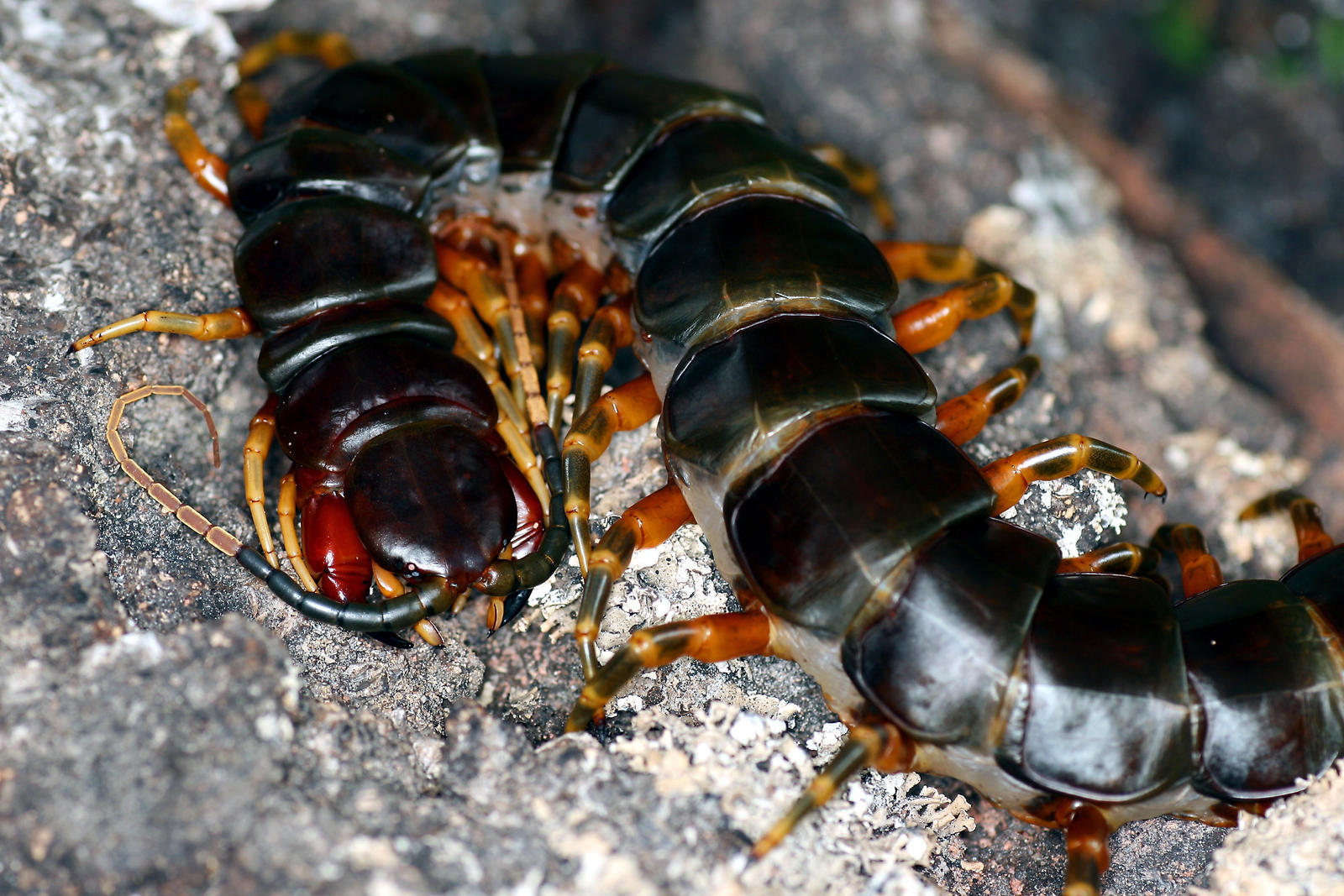LawnShrimp
Arachnoangel
- Joined
- Dec 9, 2016
- Messages
- 907
I was going to take it down myself after a while (I hate it when people do stuff like what I did actually), and thanks for the viridicornis photos! The ringfurrow is very clear in those too.With it not being your pic mods will remove it. Feel free to circle and arrow one of these. It won't be deleted. Female Scolopendra viridicornis (I'm not fussed if she's not the true blah blah blah.....)




